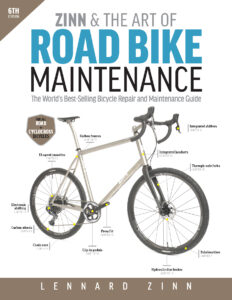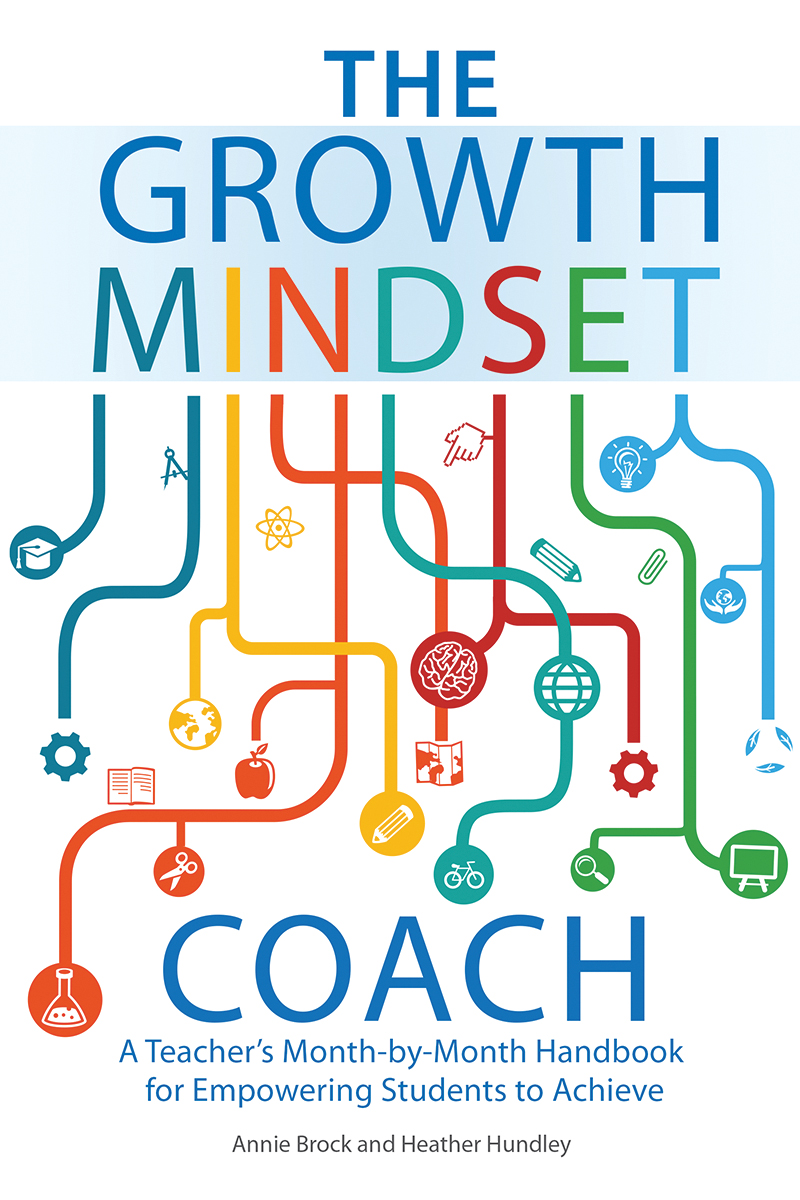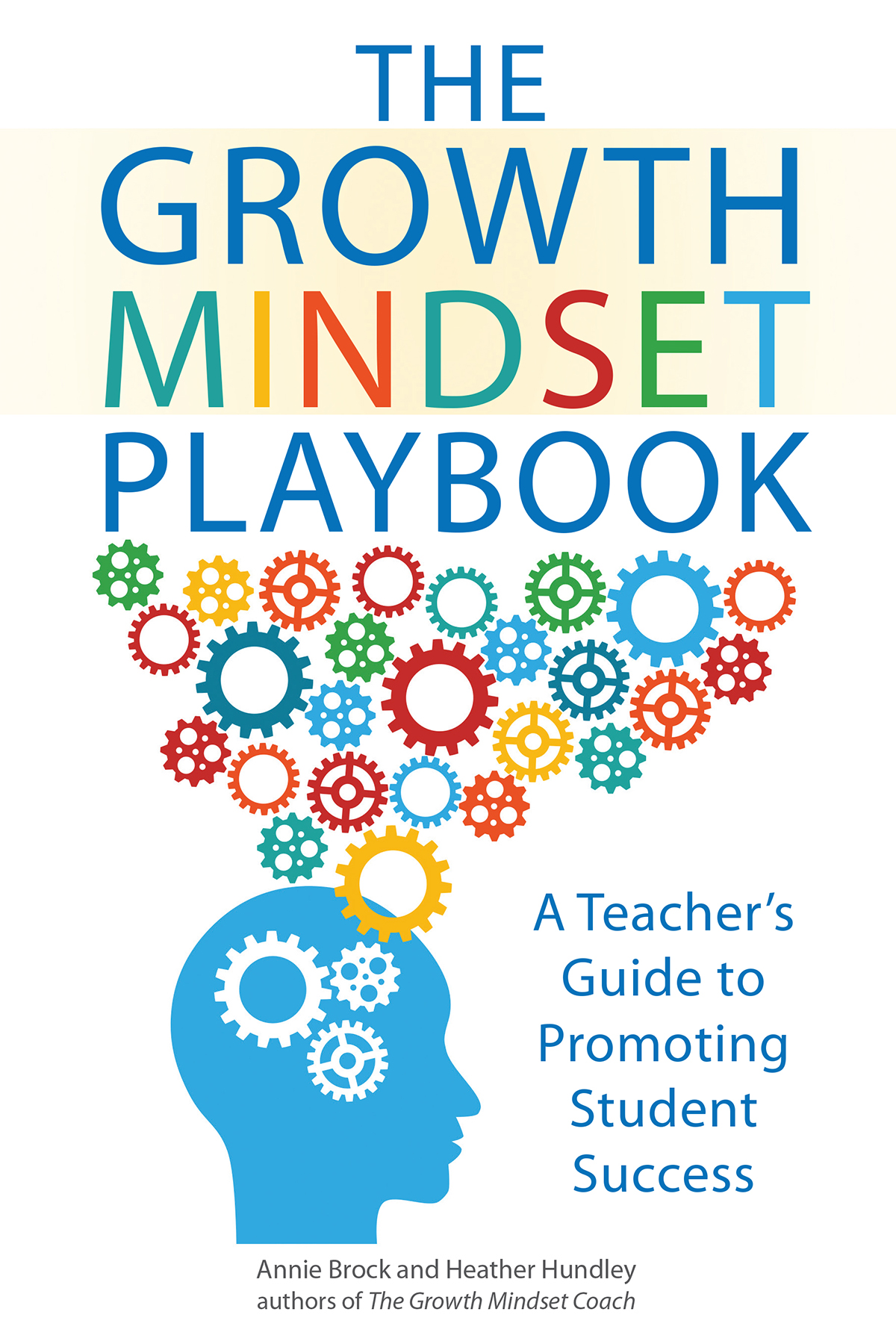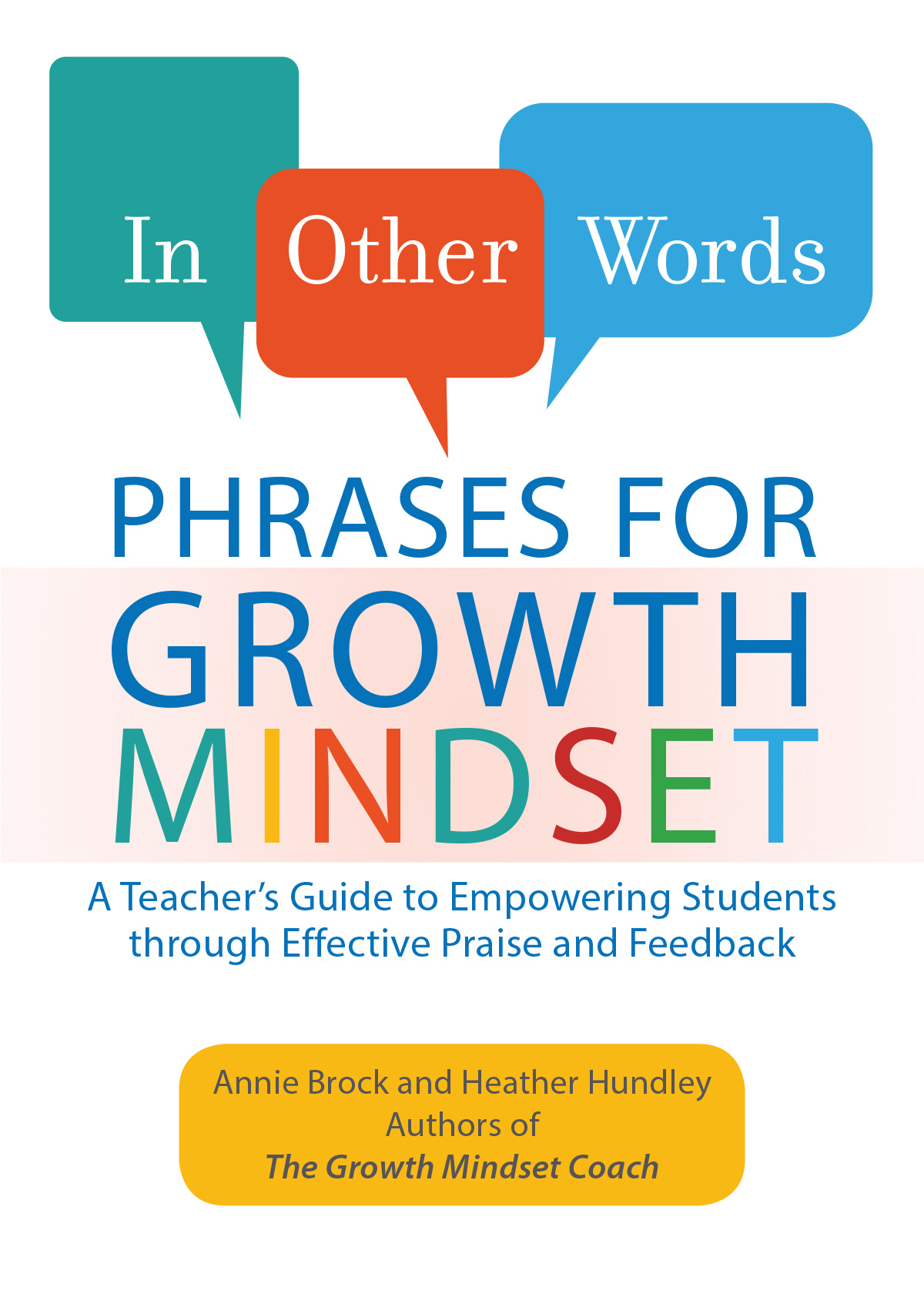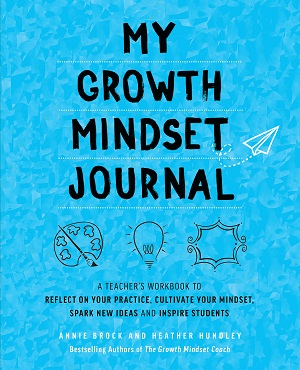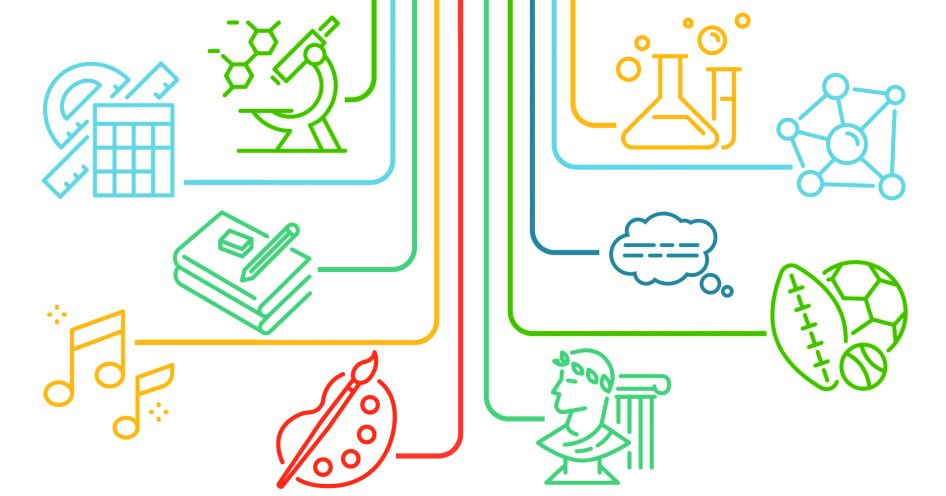
Start the New School Year Off Right with A Growth Mindset Activity (Free Downloads)
- Book Sample /
- Education
The revolutionary power of growth mindsets have given teachers everywhere the ability to help their students realize their potential, explore new opportunities, and succeed socially and academically. And thanks to The Growth Mindset Classroom-Ready Resource Book, it’s easier than ever to implement a fun and educational growth mindset activity into your daily classroom routine.
However, with the adjustments to virtual learning or new, unfamiliar teaching schedules due to COVID-19, infusing growth mindset principles into every day lessons can be easier said than done. To help you and your students get ready to tackle the new school year ahead, here’s an activity (with free downloads!) from The Growth Mindset Classroom-Ready Resource Book that’s the perfect start to fostering growth mindsets and preparing you for your most successful school year yet!
You and your students will be able to do this growth mindset activity whether you’re meeting in-person or virtually. The activity comes with notes for the teacher, instructions on how to do the activity, what materials you will need, and supplemental materials you can use to help students fully grasp the lesson and the power of growth mindset!
MINDSET ASSESSMENT
This first activity should take about 15-30 minutes and is a great way for students and teachers to figure out whether they lean towards a growth mindset or a fixed mindset. Most people are a mixture of the two, but if you lean more towards a fixed mindset, that’s perfectly fine! It’s important to learn how both you and your students naturally think if you’re going to teach them how to be successful with a growth mindset.
Teacher Talk
We know what you’re thinking—ugh. Another assessment? But do not fear, this super-simple, straight-forward mindset assessment has no right or wrong answers. You can (and should) take it right alongside your students. The purpose of this assessment is to gauge whether the test-taker leans toward a fixed or growth mindset in their overall attitudes and beliefs about learning. Use it as a foundational tool for examining the entrance into the mindsets. Once students (as well as colleagues, parents, and anyone else who wants to take the assessment) begin to understand their own beliefs about intelligence and how a fixed and growth mindset might influence achievement, you can begin the process of dismantling barriers to a growth-mindset environment and building practices that promote growth and improvement.
Learning Objective
By the end of the lesson, students will be able to identify whether they tend toward a fixed or growth mindset.
Resources And Materials
The resources and materials necessary to conduct this lesson are:
- Copies of the Mindset Assessment (click here to download)
- Growth Mindset and Fixed Mindset definitions (click here to download)
Method
DO: Hand out a copy of the Mindset Assessment. Ask the students to put a check mark next to the statements they believe to be true. After all students have concluded the assessment, they will calculate how many odd-numbered statements had a check mark and how many even-numbered statements had a check mark. The odd-numbered statements represent fixed mindset thinking; the even-numbered statements represent growth-mindset thinking. If they have more of one than the other, it is likely they default to that mindset when dealing with life events and challenging situations. Share the definitions of growth and fixed mindset with students.
Growth mindset is the belief that intelligence and other qualities, abilities, and talents can be improved with effort, learning, and dedication over time.
Fixed mindset is the belief that intelligence and other qualities, abilities, and talents are fixed traits that cannot be significantly developed.
SAY: Research has shown that when students approach their school work and other pursuits with a growth mindset, they get better results. We will be talking a lot about growth mindset this year. I want you to have the ability to call on your growth mindset when you need it—like when you are taking on a hard challenge, solving a really difficult problem, or when you feel like you want to give up.
If your score leaned toward a fixed mindset, that’s okay. We are all a mixture of fixed and growth mindsets. (Here, you have an opportunity to share personal examples of situations in which a growth or fixed mindset impacted your outcome.) But we’re going to start practicing how to use our growth mindsets as we approach challenges and learning in our classroom, because I believe you can learn anything, and I want you to believe that too.
Check For Understanding
Review the students’ Mindset Assessments for completeness and accuracy of calculations. Check for understanding of fixed mindset and growth mindset definitions.
Supplemental/Extension Ideas
- Ask students for examples of when they had a growth mindset and/or a fixed mindset in their own lives.
- Watch “Growth Mindset for Students (1 of 5)” by ClassDojo on YouTube
- Watch “RSA Animate: How to Help Every Child Fulfill Their Potential” by The RSA on YouTube
- Have students take copies of the assessment to parents to start an at-home discussion.
-by Kierra Sondereker
The Growth Mindset Classroom-Ready Resource Book
Skip the late night lesson planning and start stretching your student’s minds with this practical, ready-to-use companion to the popular The Growth Mindset Coach series. Thanks to revolutionary power of growth mindsets, teachers everywhere have been helping their students realize their boundless potential. However, with busy schedules and
Learn more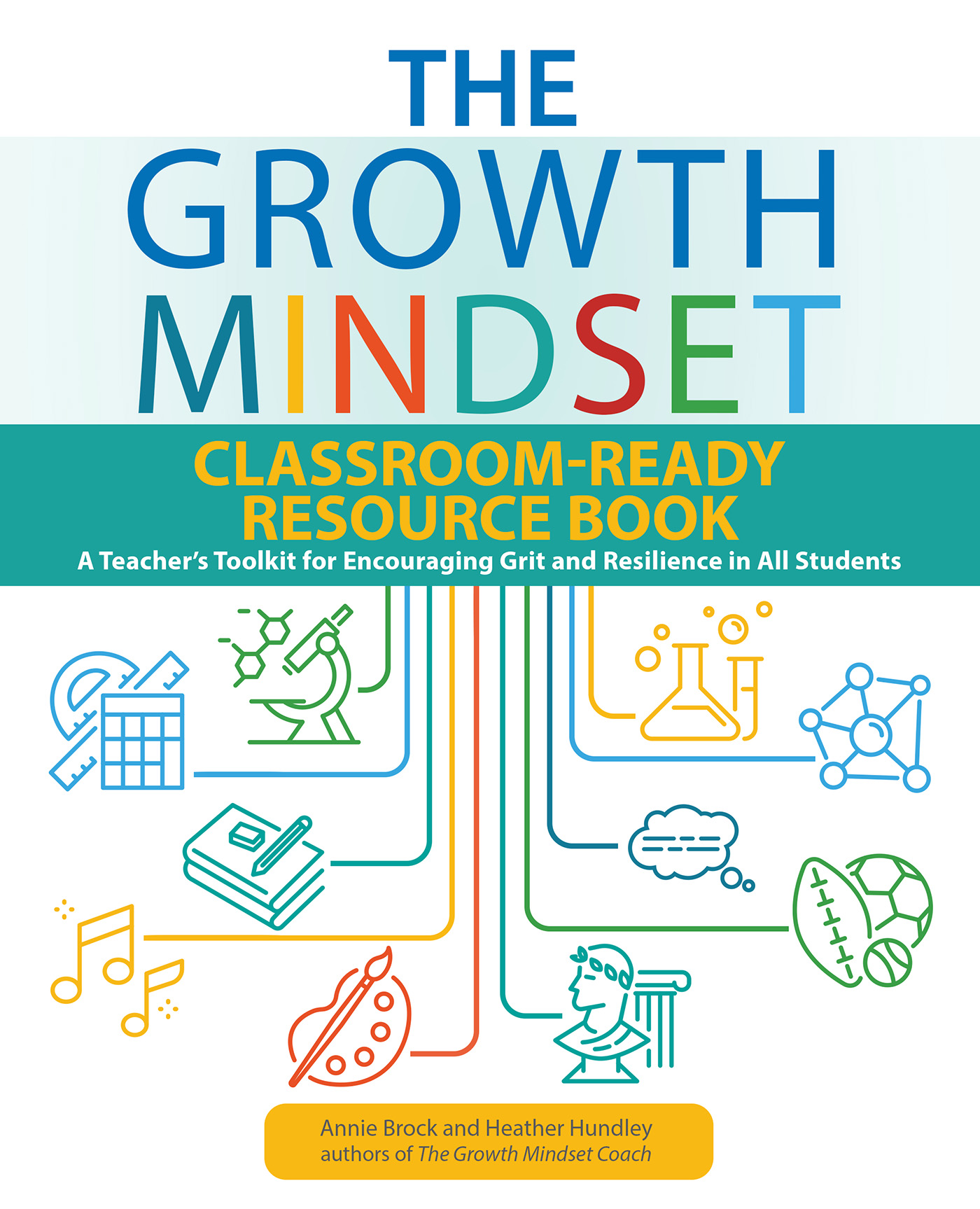
Get the Ulysses Press Newsletter
